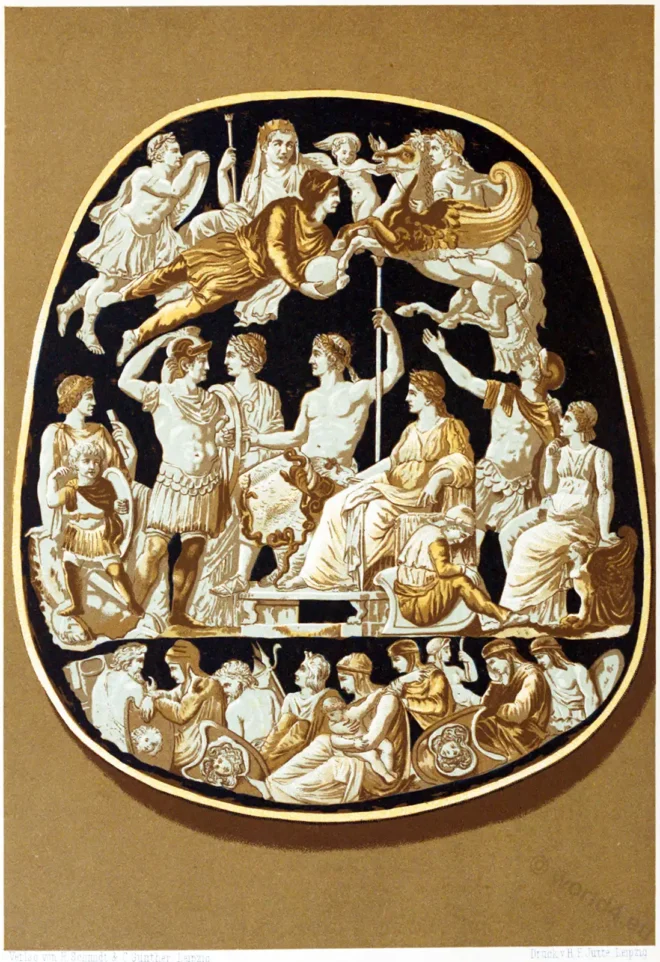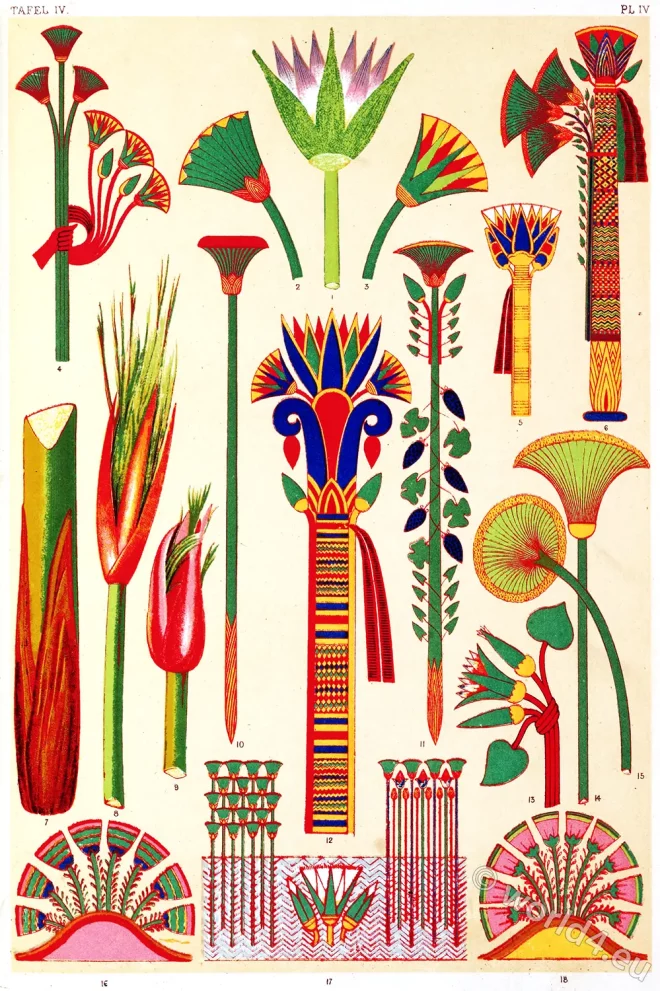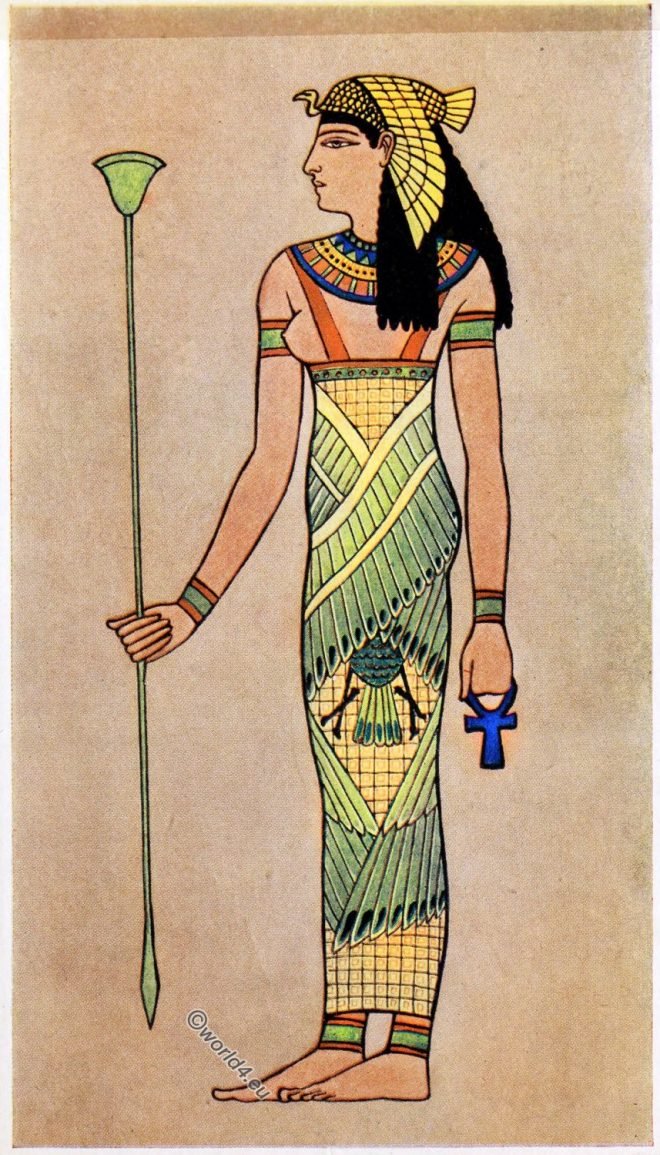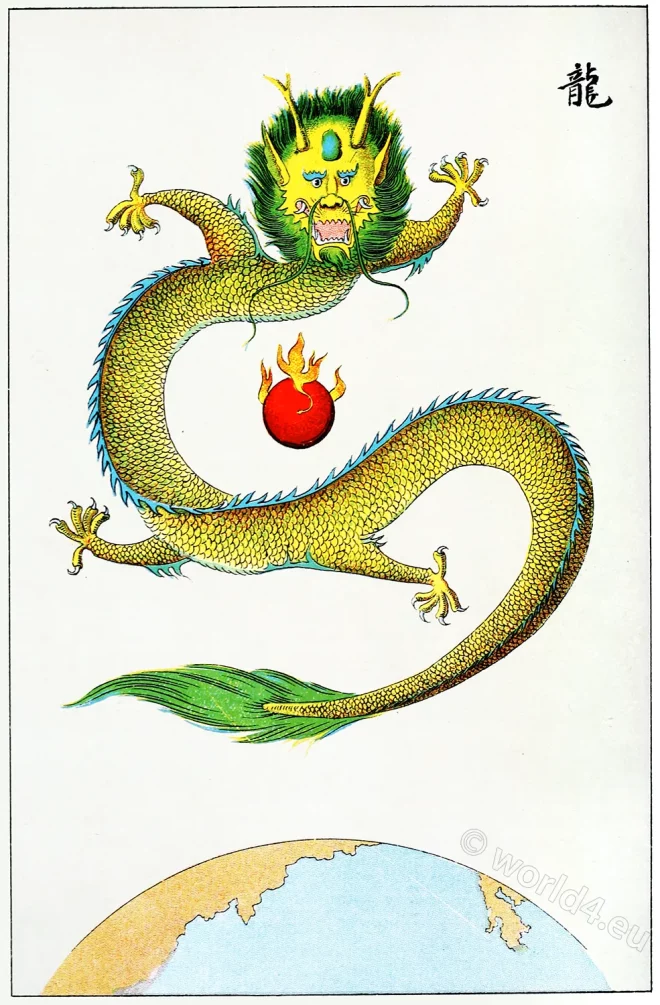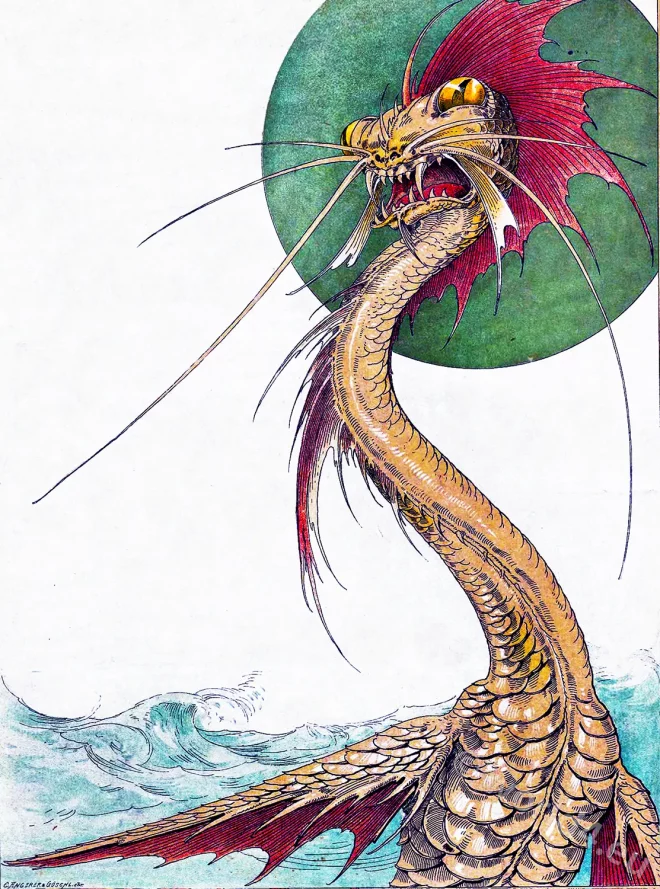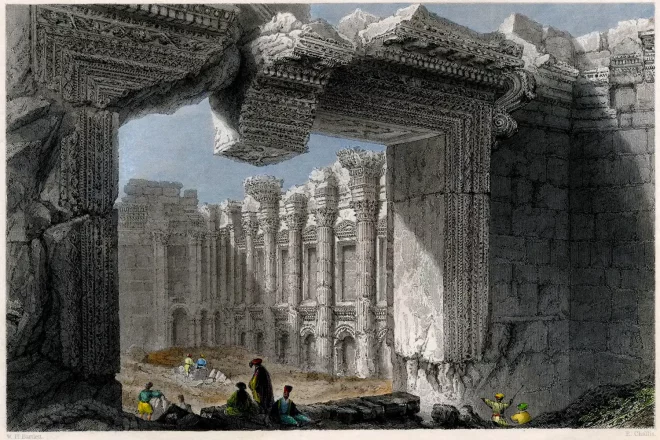Apotheosis was the name for a ceremony performed by the Romans to admit emperors, empresses or other mortals to the ranks of the gods or heroes.
Category: Ancient
The variety of Egyptian Ornaments.
The grammar of ornament by Owen Jones. The variety of ancient Egyptian ornaments and decorations.
The Corset and the Crinoline. Chapter II.
Chapter II. Roman, Greece and Egypt. The Corset and the Crinoline.
The Corset and the Crinoline. Chapter I.
The origin of the Corset. The Corset and the Crinoline.
Lung. Chinese Dragons. Appearances and classification.
Chinese dragon and its cultural significance, in mythology and folklore.
The dragon in Asian art and culture.
Decorative motives of oriental art by Katherine M. Ball. The dragon in Asian art and culture.
Daughter of the Pharaoh. Victorian England.
Costume and fashion presentation in Romanticism of Victorian England.
Pompeian. Wall paintings and Polychrome basso relieves.
The wall paintings found at Pompeii, Herculaneum and Stabiae as well as at Rome
Arch of Trajan on the mole at Ancona.
This Arch was a tribute of gratitude to the Emperor Trajan, and was erected in the year 115 A. D.
Interior of the Great Temple at Baalbek.
The ruins of Baalbek. Drawn from nature by W. H. Bartlett

